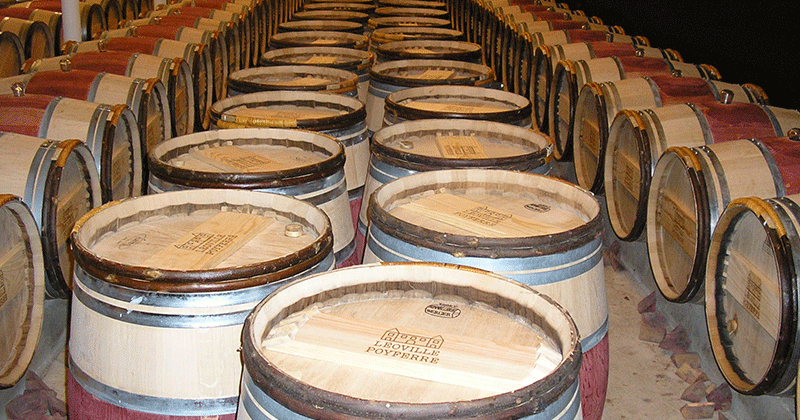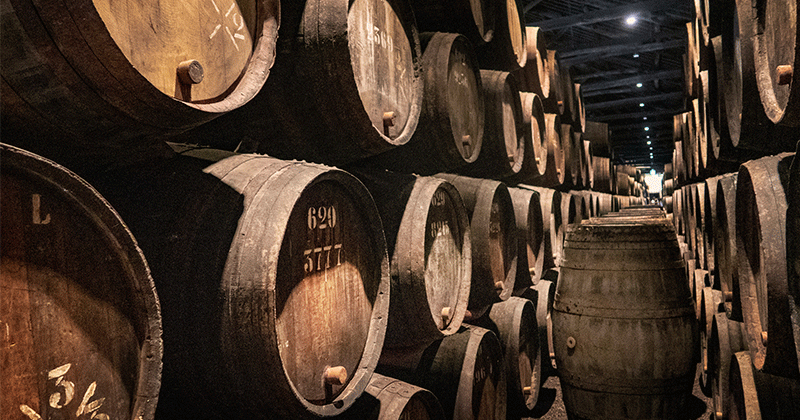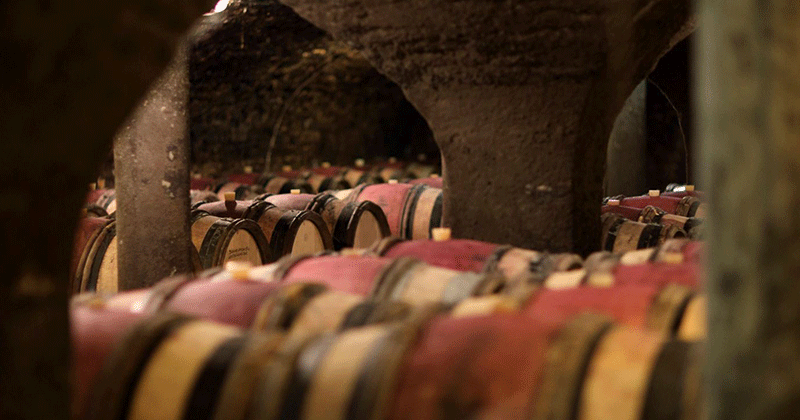Oak barrels have been at the heart of wine production for centuries. First used as a container to transport the wine, it has become a popular medium to ferment and age wine.
Barrels have been used to transport wine and beer since the Greek and Roman empires. It was also a widespread practice amongst the Gauls. Barrels were made from a range of woods, but oak seemed to be a favourite. There are several reasons behind this choice. Oak is a softer wood, and it is easier to bend. It also requires less toasting than other woods. As a result, the production time is a lot shorter. Oak has a tight grain making it waterproof. Finally, it was readily available and could be found in large quantities in most European forests.
Evidence shows that when the Romans embraced oak barrels as a container to transport wine, they began to realise that the barrels had an effect on the wine, making it smoother and improving its taste. They noticed the development of new scents such as clove, cinnamon, spices and vanilla as well as added flavours in the wine itself, including aromas of caramel, vanilla and butter. Following these discoveries, wines slowly became stored in oak barrels for longer periods of time.
Oak trees can be found in the forests of France, America and Central / Eastern Europe. In Europe, the main oak species is Quercus Patraea, which is grown in several parts of France such as Allier, Limousin, Nevers, Tronçais and Vosges as well as in some parts of Croatia, Slovakia, Hungary and Romania. In America, the oak species is Quercus Alba and can be found primarily in the states of Virginia, Missouri, Kentucky, Oregon, Ohio, Minnesota, Wisconsin, and California. American oaks grow a lot quicker than their European cousins, approximately twice as fast.
Today, winemakers are fully aware of the impact the oak barrel will have on their wines and make very conscious decisions about which oak species to use, whether the barrel needs to be new or used as well as the length of time the wine will be stored in it. The science behind why different species of oaks develop different aromas is very complex but in general American oak tends to add aromas of vanilla, coconut and sweet spices to the wine, whereas French oak tend to display flavours of dark chocolate, roasted coffee beans as well as savoury spices. New barrels will have a stronger impact on the wine than used ones. In addition, the longer the wine stays in the barrel, the more aromas are imparted. Another thing to know is that French oak tends to be more expensive than American oak.
Making barrels is the craft of the cooper and it is a real art. Some workshops are open to visitors and we strongly recommend seeing the process first-hand. The skills required to make barrels are impressive and the process is truly fascinating. The oak tree is cut into staves which are long pieces of wood used to form the shell of the barrel. The staves need to be stacked and seasoned before being used and this can take up to three years as the wood needs to be air-dried. Barrels then need to be constructed and toasted (gently heated) over an open flame. Toasting is a very important process as this will impact the flavours of the wine. The hoops are then put into place and the external part of the barrel is sanded to create the finish product. Barrel making is a slow process and a true labour of love.
Would you like to join a wine tour and learn all about the winemaking process? Our friendly team would be delighted to help. Get in touch on +44 (0) 1920 46 86 66 or via email at in**@**********es.net








